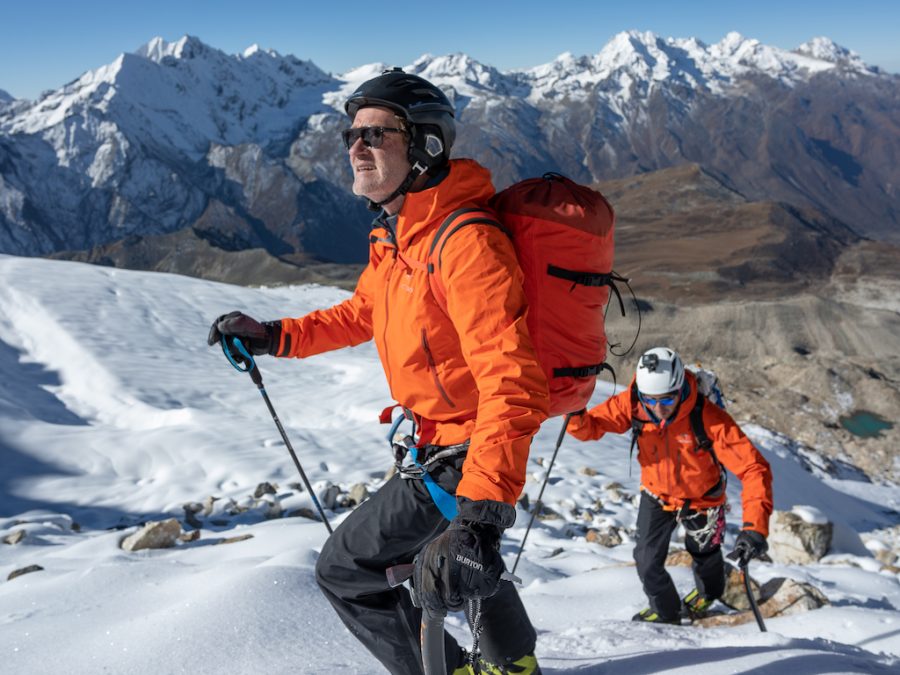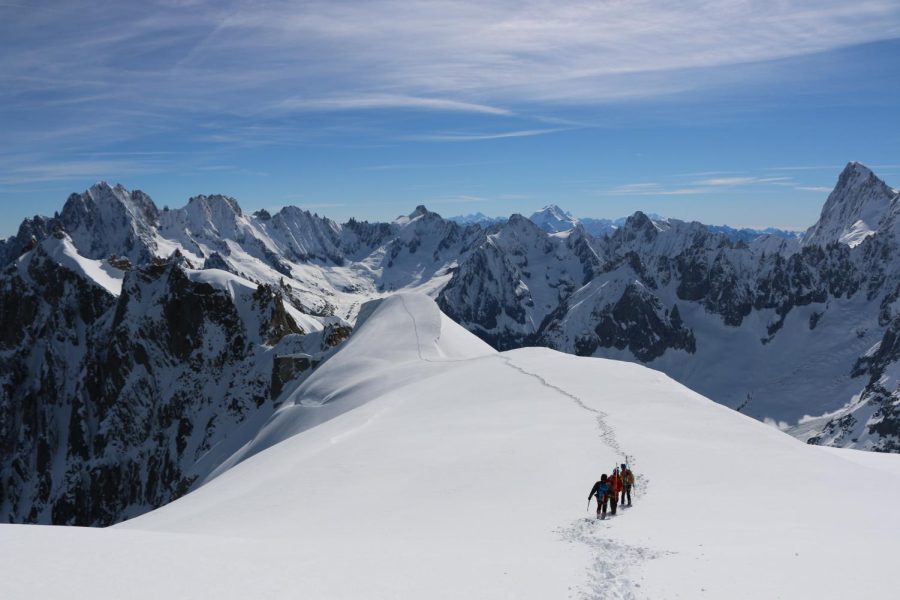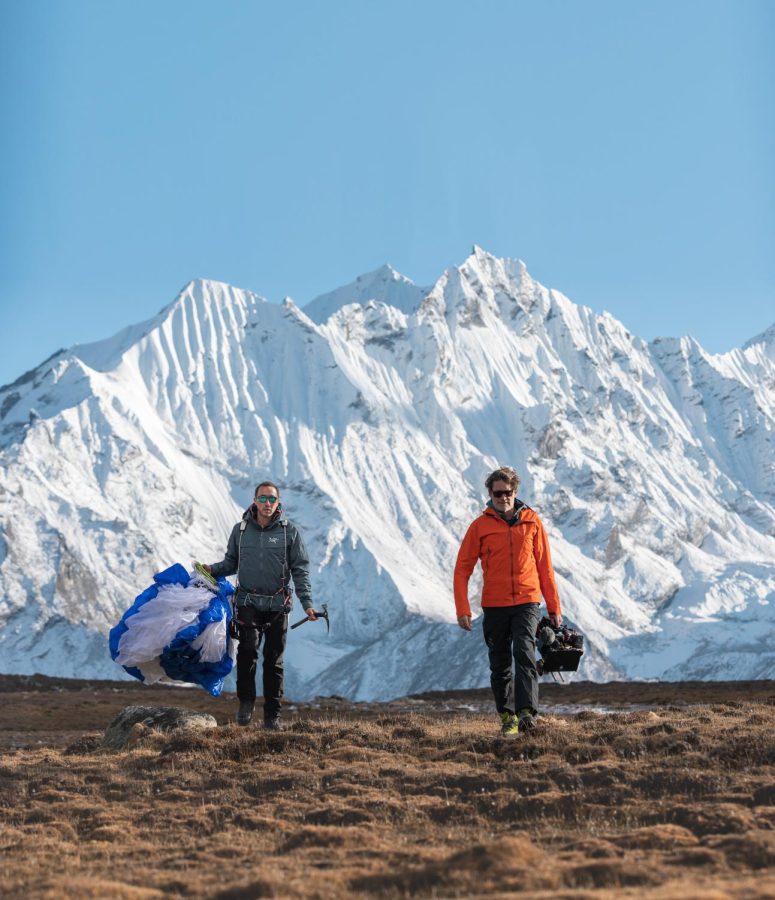What first started off as an extreme alpine sports documentary promptly turned into a climate change initiative after journalist Craig Leeson noticed that Europeans Alps didn’t have snow in the middle of winter. Leeson and his crew moved further up the mountains toward the glaciers to find snow, but noticed that the glaciers were melting.
“Maybe our documentary on extreme sports should be a documentary about climate change and why humans are responsible, and we can use extreme sports as the vehicle to tell that story,” Leeson said.
“The Last Glacier” is a nonfiction nature documentary that follows Leeson and his crew as they venture through glacial ice caps from around the world to survey areas with potential glacial melt. The documentary is recorded with high-quality cameras and camera drones, giving viewers a jaw-dropping glance at pristine natural landscapes.
The documentary is 40 minutes long, but is still an educating piece of cinema that engages the audience. It shows footage of the crew traveling to 12 different countries over the course of four years to survey glaciers and ice cores.
Leeson spent a year being trained in how to mountain climb, paraglide, ski and survive before filming began. As they braved through the Arctic’s extreme climate and rigid terrain: backpacking, ice climbing, skiing and paragliding — the only thing they could plan for was for things to go unplanned.

After jumping off a peak and paragliding, rapidly descending toward giant glaciers, they quickly noticed the predetermined landing zone was inaccessible. The crew made an emergency landing in a valley where only one person had been, but had died from landing impact. They all landed safely but it was daunting and thrilling to see people put their life on the line to show the true beauty that nature has to offer.
“It’s terrifying launching off of these mountains because you can’t make a mistake. You’ve got one shot at it,” he said.
They carried all of the cinematic camera equipment on their bodies while out in the field, but had expedition teams on the sidelines to help them with their more elevated trips. Filming in the cold was challenging. The low temperatures drained the batteries and the lenses constantly fogged up. Each shot took hours to record, and a camera had to be assembled and then taken apart each time they traveled.
“Glaciers are alive, they provide life. Not only to the mountain environments they’re in but they also provide water in river systems that feed people all over the world. They provide us with clothing, for example, a T-shirt can take 10,000 liters to make in a place like Bangladesh, India or China,” Leeson said.
The Himalayan Alps have lost up to 25% of its ice in 40 years. The Himalayan Alps’ glacial melt feeds into the Indus River in Pakistan, Ganges River in India, Yellow River in China, Irrawaddy River in Myanmar and the Mekong River which runs through six Southeast Asian countries.
“The loss of water will not only affect agriculture, it will affect manufacturing,” Leeson said.

The Earth has been through 10 ice ages throughout its existence. It cools and warms as it revolves around the sun, which creates greenhouse gasses. Surveying different glaciers gives scientists a well-rounded account of the different temperature levels that were present on Earth many millennia ago.
The objective of the documentary is to better understand how glacial systems work. Leeson and colleagues venture out onto melting glaciers and drill their ice cores. They’re able to record the levels of greenhouse gasses in ice cores from frozen gas bubbles within the glacier.
He said that venturing out into these harrowing areas was an emotional and life-changing experience, it made him realize that everyone was interconnected through the Earth’s waterway and glacial melts.
“The Last Glacier” premiers in select IMAX theaters on March 22 at IMAX Theaters in Sacramento and San Jose. Global viewing, or online access should be determined in coming weeks.
Melvin Bui can be reached at orionmanagingeditor@gmail.com or @MelvinBuii_ on Twitter.








